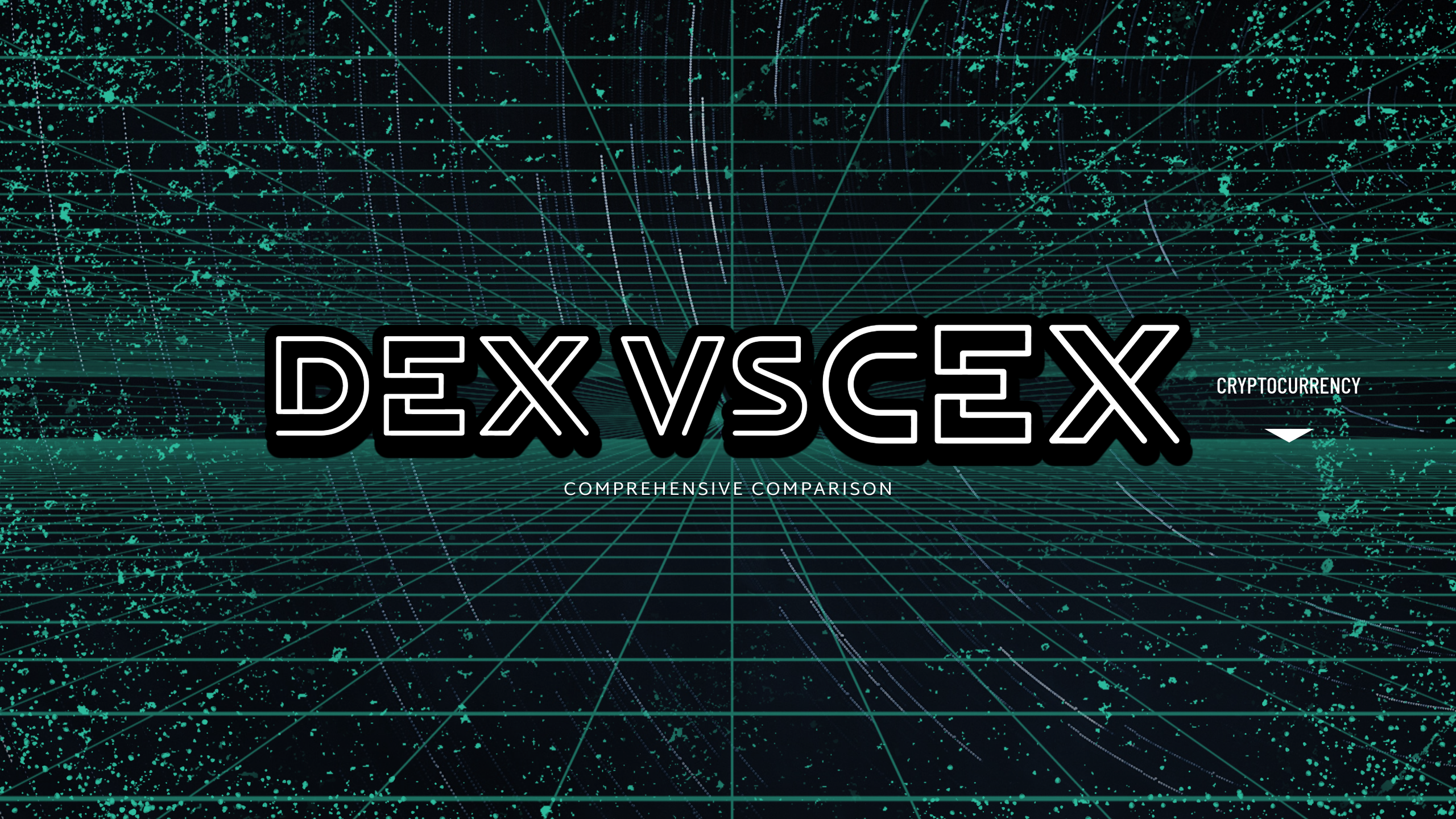
Decentralized Exchange Features vs. Centralized Exchange Features: A Comprehensive Comparison
Introduction: In the world of cryptocurrency trading, both decentralized exchanges (DEXs) and centralized exchanges (CEXs) play a significant role. Each type of exchange offers a unique set of features and benefits. In this blog post, we will delve into the features of DEXs and CEXs to help you understand the differences and make informed decisions when it comes to trading cryptocurrencies.
Decentralized Exchange Features:
- Trustless Trading: One of the key features of decentralized exchanges is trustless trading. DEXs operate on blockchain technology and use smart contracts, which eliminate the need for an intermediary. This means users have full control of their funds and do not need to trust a central authority with their assets.
- Enhanced Privacy: DEXs typically offer a higher level of privacy compared to CEXs. Since DEXs do not require users to provide personal information or go through identity verification processes, traders can maintain a certain degree of anonymity.
- Security: DEXs are often considered more secure than CEXs because they don’t hold user funds in a centralized manner. Instead, funds are stored in users’ wallets, reducing the risk of hacking or theft associated with centralized platforms. Smart contracts also provide an additional layer of security by automating transactions and minimizing the possibility of fraud.
- Liquidity Pools: Many DEXs use liquidity pools, where users can contribute their assets to a pool and earn rewards in return. These pools facilitate decentralized trading by allowing users to trade directly with each other using the pooled assets. Liquidity pools help ensure that traders can execute their transactions without relying on order books or market makers.
Centralized Exchange Features:
- High Liquidity: Centralized exchanges generally have higher liquidity compared to DEXs. This is because CEXs attract a larger user base and often have partnerships with market makers and liquidity providers. High liquidity ensures that traders can easily buy or sell their assets at the desired prices.
- Advanced Trading Tools: CEXs offer a wide range of advanced trading features and tools. These include options like margin trading, futures contracts, stop-loss orders, and charting tools that enable traders to perform technical analysis. These features cater to professional traders and those seeking sophisticated trading strategies.
- Fiat Integration: Unlike most DEXs, CEXs often have fiat integration, allowing users to deposit and withdraw traditional currencies such as USD, EUR, or GBP. This feature simplifies the process of converting between cryptocurrencies and fiat currencies, making it more accessible for users who are new to the crypto world.
- Customer Support: Centralized exchanges usually provide customer support services, allowing users to seek assistance in case of issues or inquiries. Having a dedicated customer support team can be valuable for users who prefer direct assistance or have specific questions related to their accounts or transactions.
Conclusion: Both decentralized exchanges (DEXs) and centralized exchanges (CEXs) offer distinct features that cater to different types of traders and their preferences. DEXs provide trustless trading, enhanced privacy, and increased security, while CEXs offer high liquidity, advanced trading tools, fiat integration, and customer support.
When choosing between DEXs and CEXs, it’s important to consider factors such as the level of control you want over your funds, your trading style, the need for liquidity, and the desire for additional trading features. Ultimately, the choice between the two types of exchanges depends on your individual requirements and priorities as a cryptocurrency trader.












Tim
Nice Information for each crypto trader